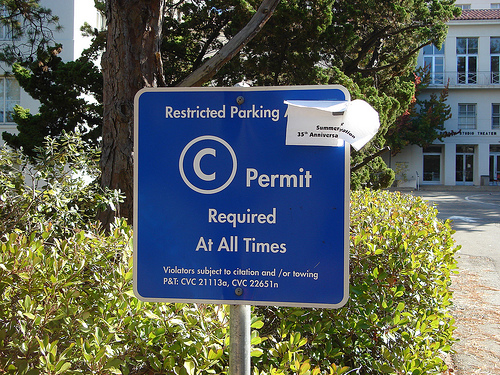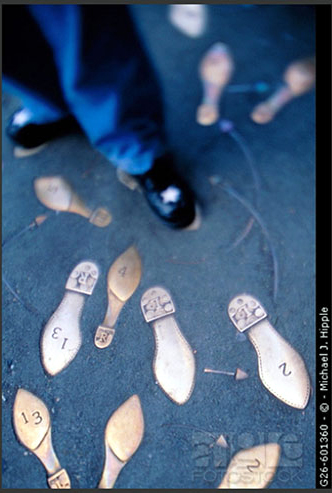The “fundamental missions” of the University of California are “teaching, research, and public service.” All three of these missions are based on relationships – between teacher and student, science and progress, and universities and the public. These are symbiotic, rather than authoritarian, relationships, and yet – at least in the case of the teacher and student – Berkeley’s class notes policy gives its professors the sort of powers despots would approve of. There are better ways to manage the rights and responsibilities of professors and students.
It might be laughable to think that professors would really use the Berkeley policy to crack down on student notetaking, checking laptops at the door and randomly searching for pens, pencils, or even Sharpies, the WMDs of writing instruments. But why allow even the thought? A reasonable open-access policy can protect the rights of professors, while adhering, in language and in practice, to the mission statement of the University.
Let’s step away from California for a moment and generalize – what should a reasonably “open” policy on student note-taking include? Such a policy should embody a balanced set of permissions (preemptively granted to students) and limited restrictions (which professors may use when necessary), placing neither student nor professor above the other with respect to works like class notes, which are ideally the products of collaboration anyway.
To be fair, the Berkeley policy defaults to a permissive stance towards notetaking, requiring that professors expressly forbid or otherwise restrict notetaking activity during class. This is a start, but in general, students should be entirely free to take notes in whatever non-disruptive manner they choose. Of course, professors shouldn’t be particularly limited in how they define “disruptive.” What follows is a set of guidelines that should underpin a reasonably open note-taking policy:
- Acknowledge the mission of the institution, and ensure that policies serve and reflect that mission.
- Restrictions should be limited, and narrowly tailored to specific acts or activities.
- Professors have the right to encourage a preferred type of classroom atmosphere, but restrictions placed on students’ ability to take notes and otherwise share information should be minimal, and justified by specifically addressing the advantages and disadvantages of any proposed restrictions.
- Professors and students should engage in dialogue over their respective expectations of, and rights to, privacy.
- Address copyright matters in an accurate and nuanced manner:
- Copyright protects expression, not facts or ideas.
- Fair use must be recognized and accepted, and not limited.
- Proper attribution is critical in academia; students (and professors, for that matter) should acknowledge the authors of any material they use.
- There are three general categories of use of materials:
- Material that is unquestionably fair to use, such as any non-verbatim notes that students may take.
- Material that “skirts” the boundaries, typically because use may violate someone’s privacy rights or interests.
- Material that is rightly protected by copyright, such as pre-written notes or Powerpoint presentations that professors may distribute in class.
There are many interests at play in the classroom; Berkeley’s policy emphasizes the interest of the professor in his original works, as well as in ensuring the accuracy of statements attributed to him. These are important considerations, and legitimate reasons for certain restrictions. However, tying the whole educational process up in chains of copyright is not the answer. To do so uses false legalistic authority to obscure a genuine legal quandary that is only partially based in copyright: what is a professor’s legitimate and reasonable expectation of privacy in a classroom, and what are the limits of a given student’s right to free expression? A few years ago, PBS’s Mediashift “embedded” a student reporter into an NYU journalism class, and ended up confronting some of the same issues of privacy and student freedom. William Creeley of the Foundation for Individual Rights in Education also wrote an article about the legal issues involved in that case. Professors who discuss unpublished work in their classes should be aware that their right to privacy in classrooms may be quite diminished. Students should be aware of school policies, particularly at private schools, though few worthwhile institutions would advertise themselves as being against free speech and expression.
Open licensing provides a flexible approach for pre-prepared or unpublished material. Creative Commons allows professors to tailor permissions for their works, ranging from allowing almost anything and everything to be done with their work, including commercial use, to preventing anything other than simply passing along an unaltered work, with proper attribution. When presenting a manuscript or other work not yet published, professors should realize that they are not in a private space, and students should recognize that such materials do implicate copyright law. This sort of scenario – uncommon, difficult to generalize, and intricately tied to law – should lie at the borders of a class-notes policy, not at its heart.






